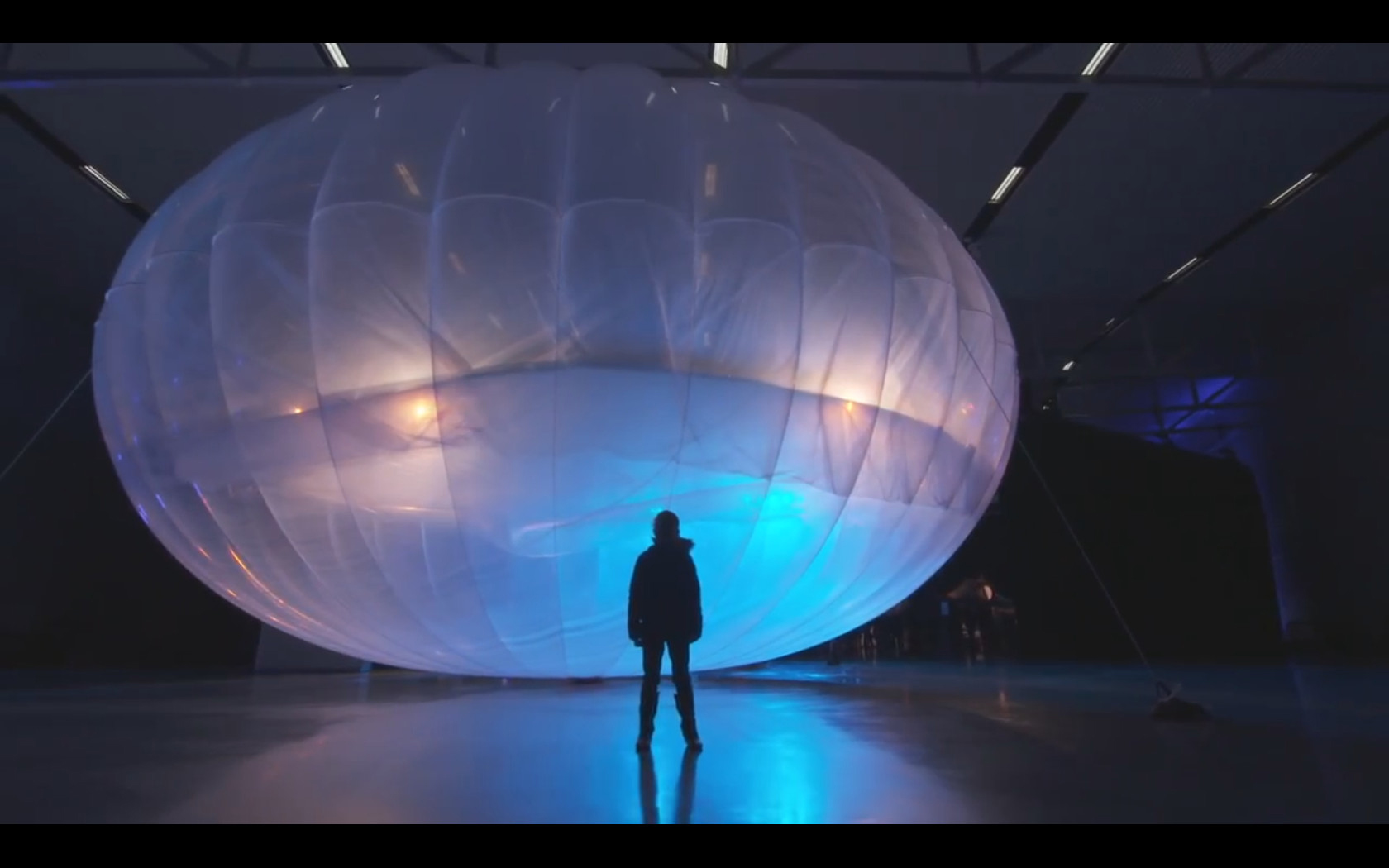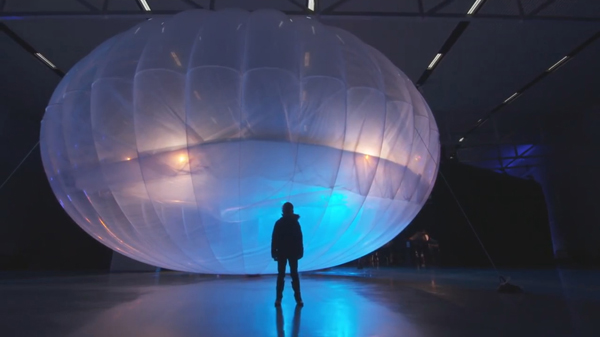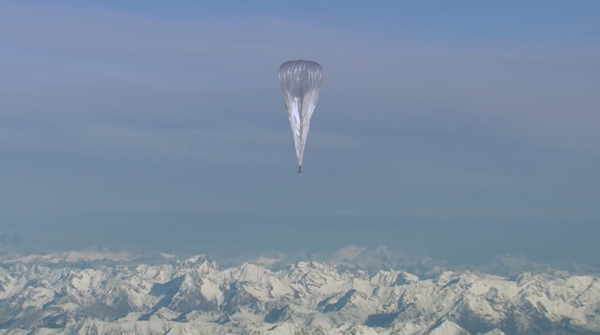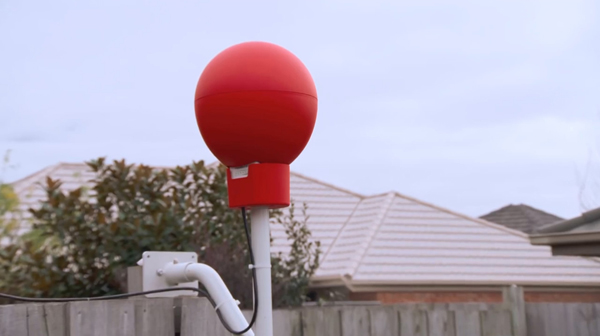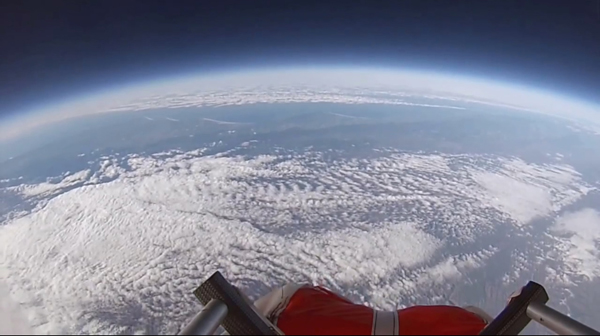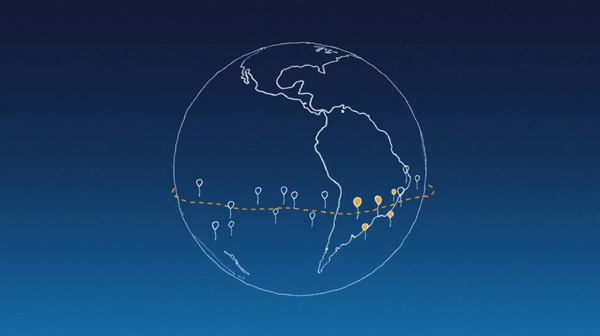Everyone thought it was an April Fool’s joke, when nearly a year ago Google announced that they would offer internet access through a system of balloons. Yes, balloons, the wibbly-wobbly, drifting-bobbing helium-filled kind that give up to the winds if you let go of them for just a second. Everyone thought it was crazy, and when the first balloons exploded, not popped, but exploded it certainly seemed like it was. Embracing their own insanity, Google dubbed the initiative “Project Loon” and to many it seems as if Google employees are simply doing this just to amuse themselves.
But this past week Google announced that one of their balloons has managed to circumnavigate the planet in just 22 days while Facebook has revealed plans to launch their own initiative, using a more sensible system of autonomous planes. Both schemes are intended to be solar-powered and low in cost, and while the whole thing is still quite funny, it’s clear that there’s serious effort involved.
Why? To bring the internet to everyone. Those who live in a rural area can tell you that progress doesn’t march at the same speed for everyone. All Rogers and Bell customers in Canada may pay into the same networks, but it’s only those who live in densely populated areas that really get the full benefit. Look at that situation globally and there are entire countries treated in the same way, so it’s not hard to see a disturbing class system forming between the connected and the connected-nots.
Google wants to fill the skies with lines of helium balloons, like floating telegraph poles, that can carry an internet service by passing it from balloon to balloon, out over the oceans and down to remote areas that need it. The electronics are cheap, the Mylar balloons are cheap, and so are the plastic antennas (balloon-shaped of course) that people can stick on the side of their homes to get service. It won’t be the fastest internet, but it’s better than waiting for local utility companies to catch up.
The crazy part is the balloons themselves, which unlike telegraph poles and geosynchronous satellites, simply can’t stay put in one place. Balloons belong to the wind and want to move.
To control them Google will send them high into the air, up above the clouds, above the airliner jets, up to the very edge of space where Felix Baumgarten made his historic leap, up where you can see the curvature of the Earth and the inky blackness of outer space.
Here the winds apparently form highways, with calmer, more predictable lanes of traffic. Each balloon will have a small fan so it can suck in air or let it out, allowing it to rise and fall, to navigate these wind highways, to form up into lines that can travel from West to the East, in a carousel fashion around the world. Just as one balloon floats away from your house another floats in to takes its place.
Each balloon can last for one hundred days, enough time to travel around the planet three times, and should one of these “floating telegraph poles” pop (or explode) a small parachute is deployed to prevent it from causing damage when it lands (hopefully not on somebody’s house).
Both companies use folksy messaging to proclaim a desire for equality, to offer online connections to “everyone”. Google’s little girl and Facebook’s country grandfather speak of the benefits of online education and digital medical services, but remind yourself that these are companies who have earned billions from the internet and their intentions might not seem quite so altruistic.
The least charitable aspect of Project Loon is Google’s use of Helium, still one of the Earth’s rarest resources. The Earth has a limited supply of Helium, formed over hundreds of millions of years underground through the decay of uranium and thorium, most of which isn’t easy to access.
What Helium we do get comes from the extraction of natural gas. Given its important role in many medical services, including the operation of MRI machines and the production of special breathing gases for newborn babies, Google may have a difficult time justifying their use of it. It’s the one issue conspicuously missing from the AskAway section of their website.
Let’s hope that both Google’s balloons and Facebook’s planes find a higher purpose, that they manage to help keep communications going in areas hit by natural disasters or to allow citizens to bypass the online censorship of dictators. It would be a shame if we gave up clear skies to projects that seem charitable, only to fill the world with more ads.
You can listen to my radio series live every Monday on Moore in the Morning at 6:45 am

